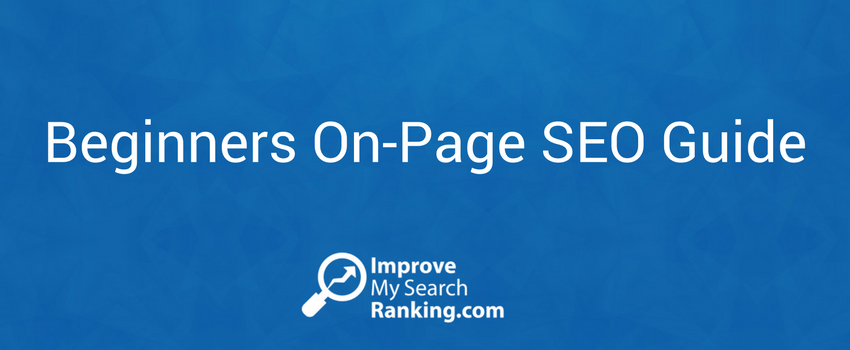
How to pick the right blog posts for content updates
Websites generally need a constant flow of content, if they want to survive and compete in the search engine results pages for free organic traffic.
This constant need to publish new high-quality content often becomes a big problem for website owners.
However, the good news is that you do not always have to publish completely new content. In fact, you can also increase organic traffic and stay competitive by updating and republishing older content.
It is a common practice to update old blog posts. But we recommend being strategic about it if you want to maximize results.
While updating the content is always a big focus, it is extremely important to first identify which posts you should update. You can’t pick a post randomly and expect great results.
Therefore, in this blog post, we share four tips on how to pick the right blog posts for content updates that would maximize organic traffic.
1. The page must be targeting a high-volume keyword
Different blog posts target different keywords and keyword phrases. When you are shortlisting pages for content updates, make sure to only pick the ones that target a high-volume and potentially profitable keyword phrase.
For example, if you’re targeting a keyword phrase that only has 10-20 searches per month, it probably won’t be worth the effort to update that page.
Therefore, make sure to only pick pages that are trying to optimize for high-potential keyword phrases.
2. The page should not be in the top 3 positions on the SERPs
The idea of updating a web page is to increase incremental organic traffic. Therefore, if a page is already ranking on #2 or #3 on the SERPs, moving it one position higher probably won’t be worth the effort.
Instead, that effort can be directed to another page that is, for instance, ranking on position #11 on Google’s second search engine result page. Any improvement will push it to Google’s first page, which will likely lead to a significant increase in overall organic traffic.
Therefore, when shortlisting web pages to update, make sure the page isn’t already ranking on the top of Google for the main keyword.
3. The page must not be brand new
Optimising a web page for search engines may often take some time. Although crawling and indexing by search engine crawlers do not take very long, it may take a few weeks for a page to reach its full potential and rank as high as it could.
Therefore, how long ago a blog post was published should be an important consideration.
In other words, you should not start updating posts that were only published a month ago and hope for major improvements in organic rankings and traffic.
Instead, try to focus your efforts on much older blog posts — for example, the ones you published last year — and update them. Remove broken links, add new content, delete outdated information, include new images, internal links, outbound links, new studies, more data points, and new keywords.
4. Page underperformance should not be a backlink issue
Last but not least, make sure the page is not underperforming because of a backlink issue.
It is easy to lose sight of the real problem. You could look at a page and its low search engine rankings and decide to update its content.
But there is always a possibility that the page may not be underperforming because of its content. Often, the problem is the lack of backlinks pointing to that page.
You can easily identify the problem by doing a quick analysis.
Look at the pages that rank above you on the SERPs and see how many backlinks each of those pages has. Compare it with the total number of backlinks that your page has.
If all the other pages have a very high number of backlinks compared to yours, you should focus on acquiring more backlinks — instead of updating the contents of your page.
Conclusion
Updating older content is a common practice, but it is easy to start the process without paying much attention to the selection process of the pages.
Merely looking at the organic traffic that a page brings is not always a good indicator. It is recommended to dive a bit deeper and analyze each page as per the tips mentioned above.
This will help ensure that you are directing your efforts at the right pages that would bring you the most incremental organic traffic.








